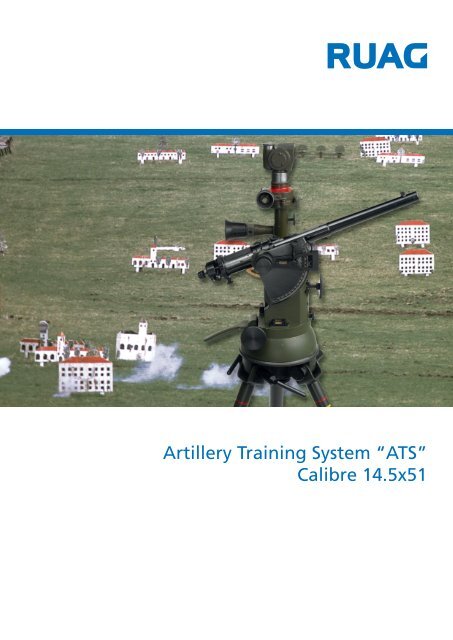KevinB
Army.ca Relic
- Reaction score
- 29,308
- Points
- 1,260
What’s the payload of the 76mm? As well what is the barrel life?There are only two SME s telling that with a definitive no with no other chance.
NATO all went to a 5.56 general service rifle round because a SME said so.
Was it the most effective, efficient or just more convenient?
As many NATO countries adopted the 5.56 they also continued to devolop and or use other Calibers of rifle and MG rounds depending on the actual mission specs.
It is interesting what the 76mm from Leonardo can actually do and is a impressive system, multi role gun platform that is something to look at as a secondary gun system. That meets Air defence, drone defence, missile defence, anti personal, long range to name a few. But will we ever look at it? Probably not even if it was a decent system to fill many roles. Just because those in charge can not and will not look outside of the 155mm/120mm program.
The trajectory is very flat due to the high velocity, which is outstanding for a Naval gun - but not always ideal for a Howitzer.
It currently has a 20km range, the 40km range shells are still in development.
You also will have an issue with cooling as it requires water cooling, which isn’t an issue on a ship, but kind of logistics intensive for those not on the water.
Plus it is over 5m high from base to the top of the turret, so it’s not exactly small or light.
So no it’s isn’t a good ground system.



